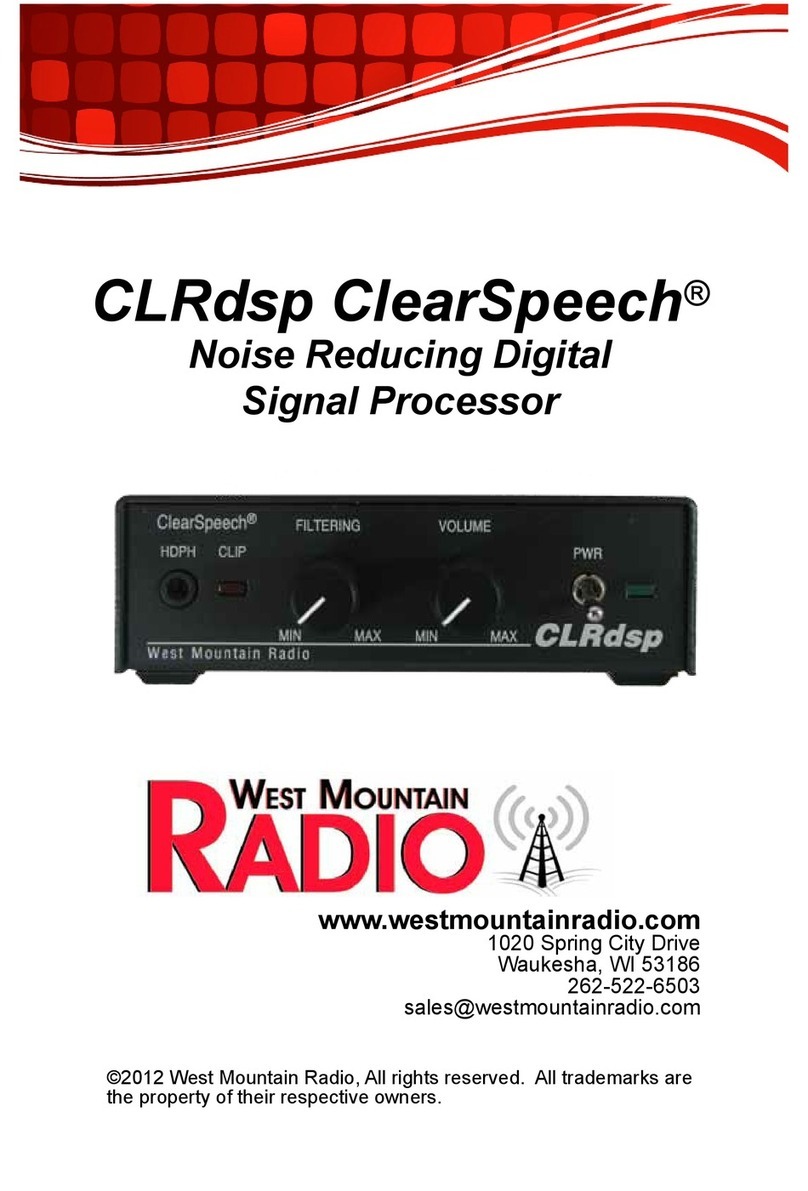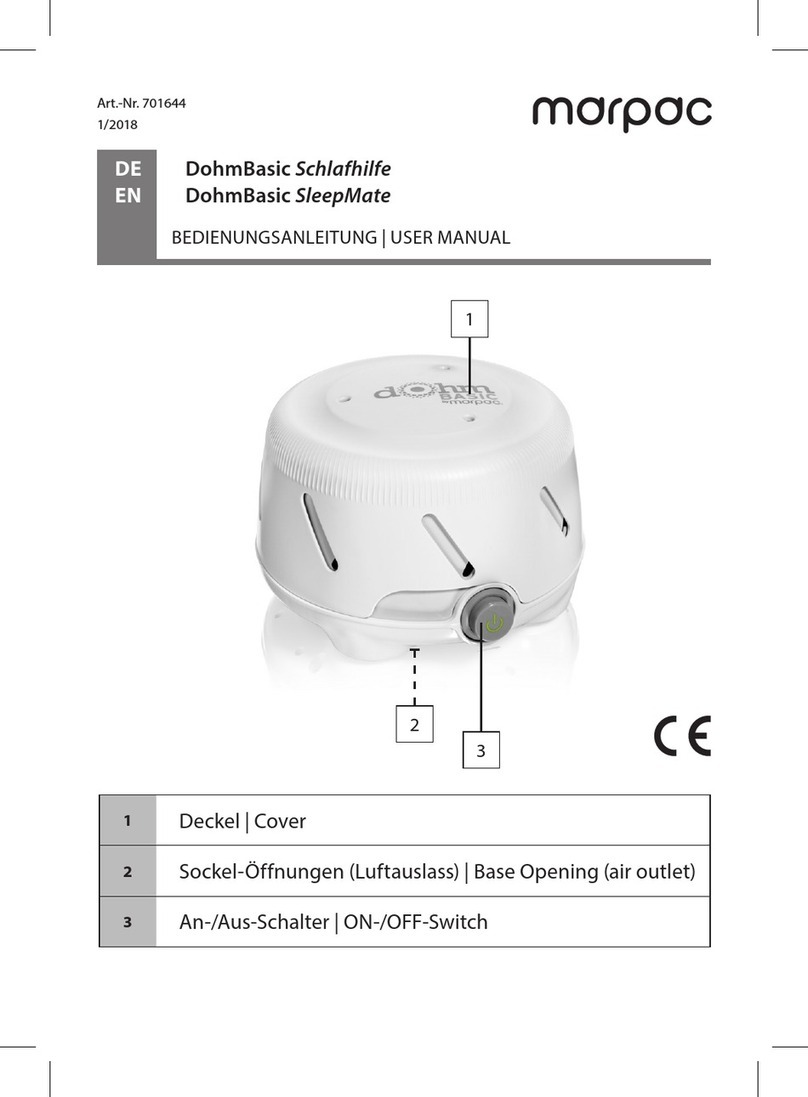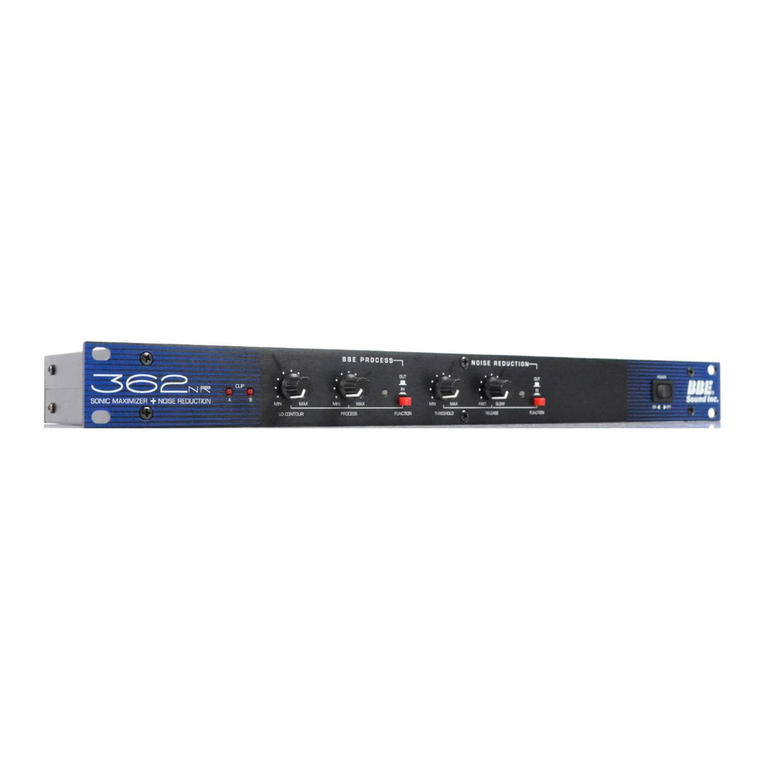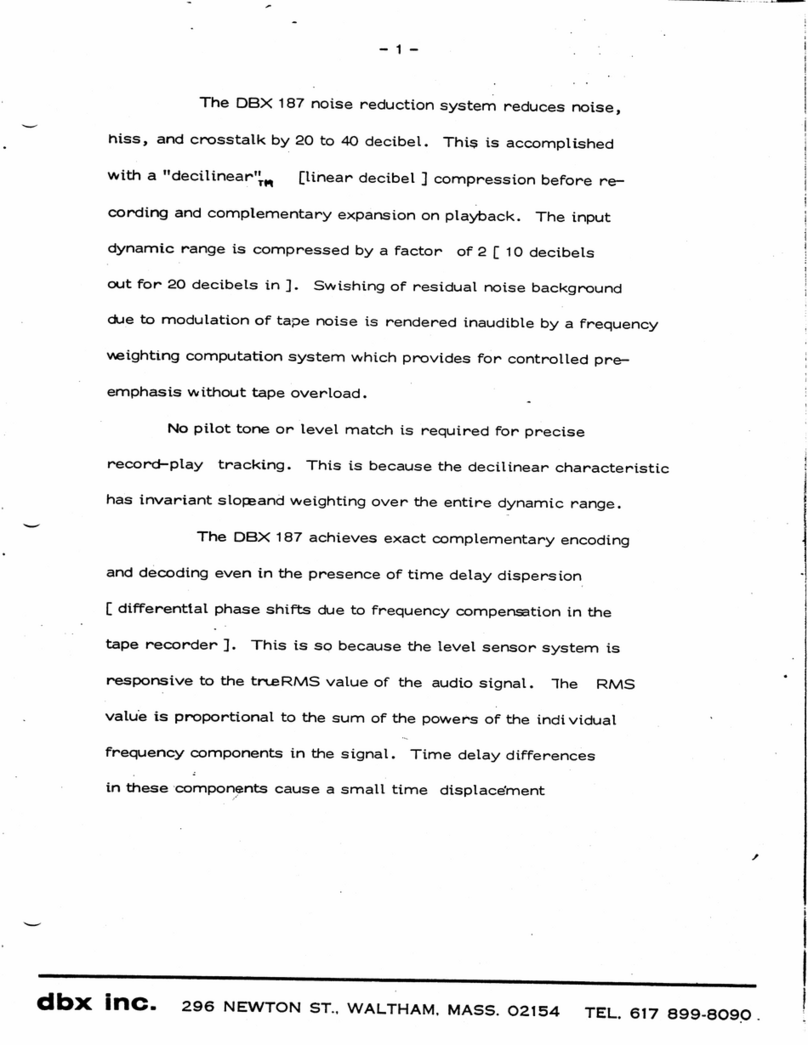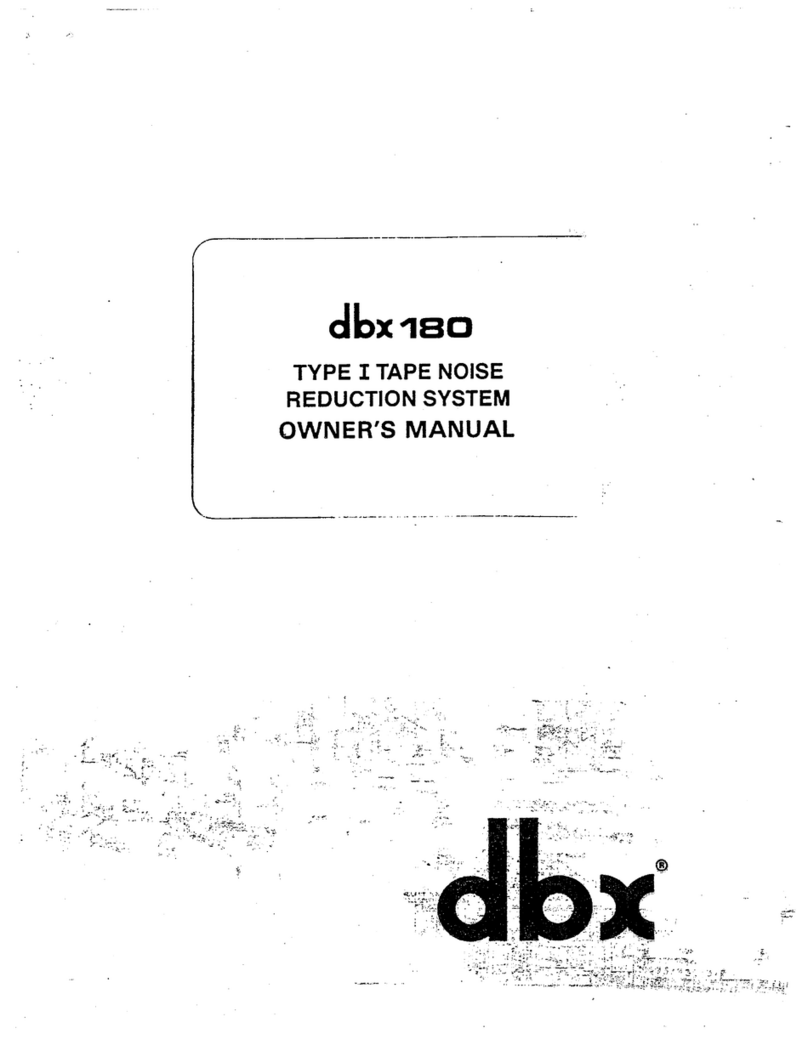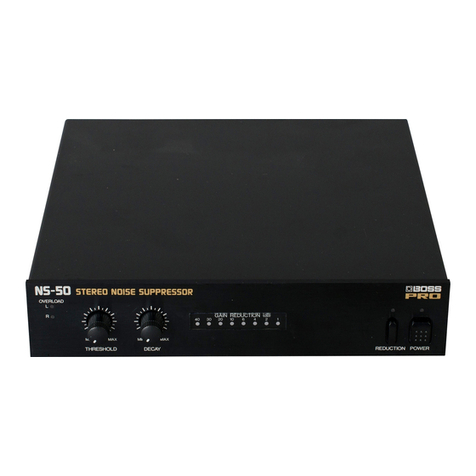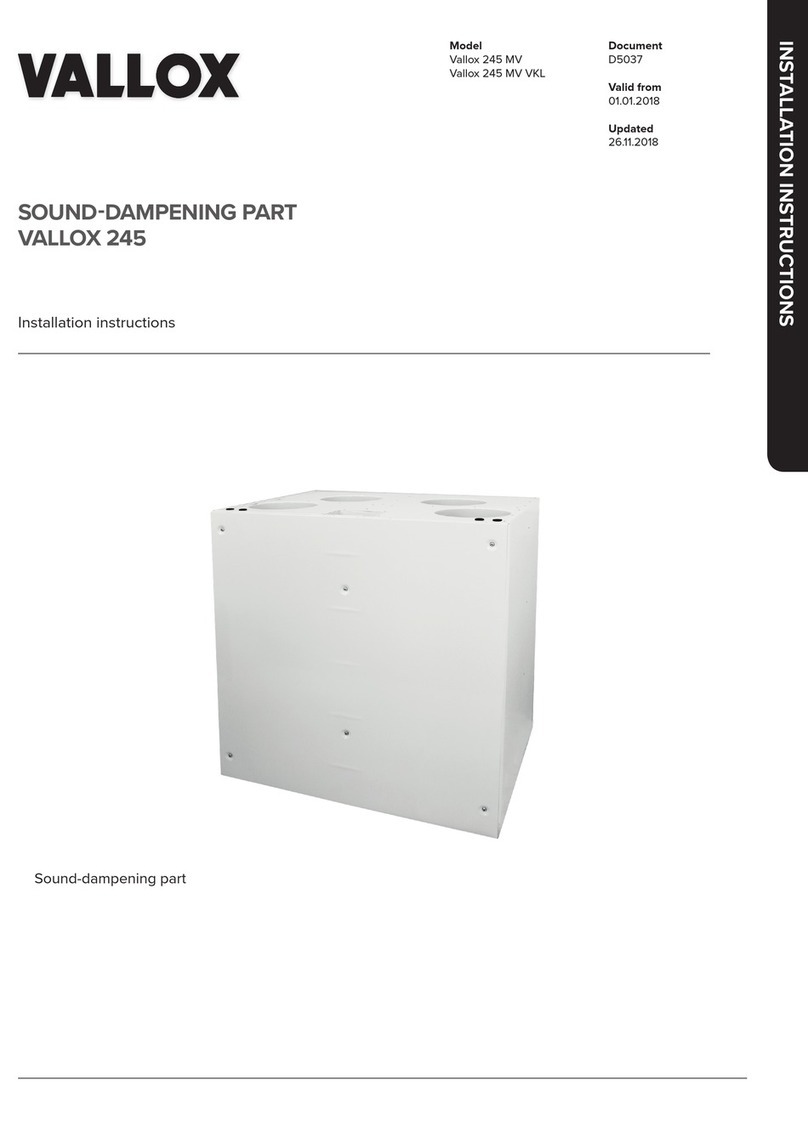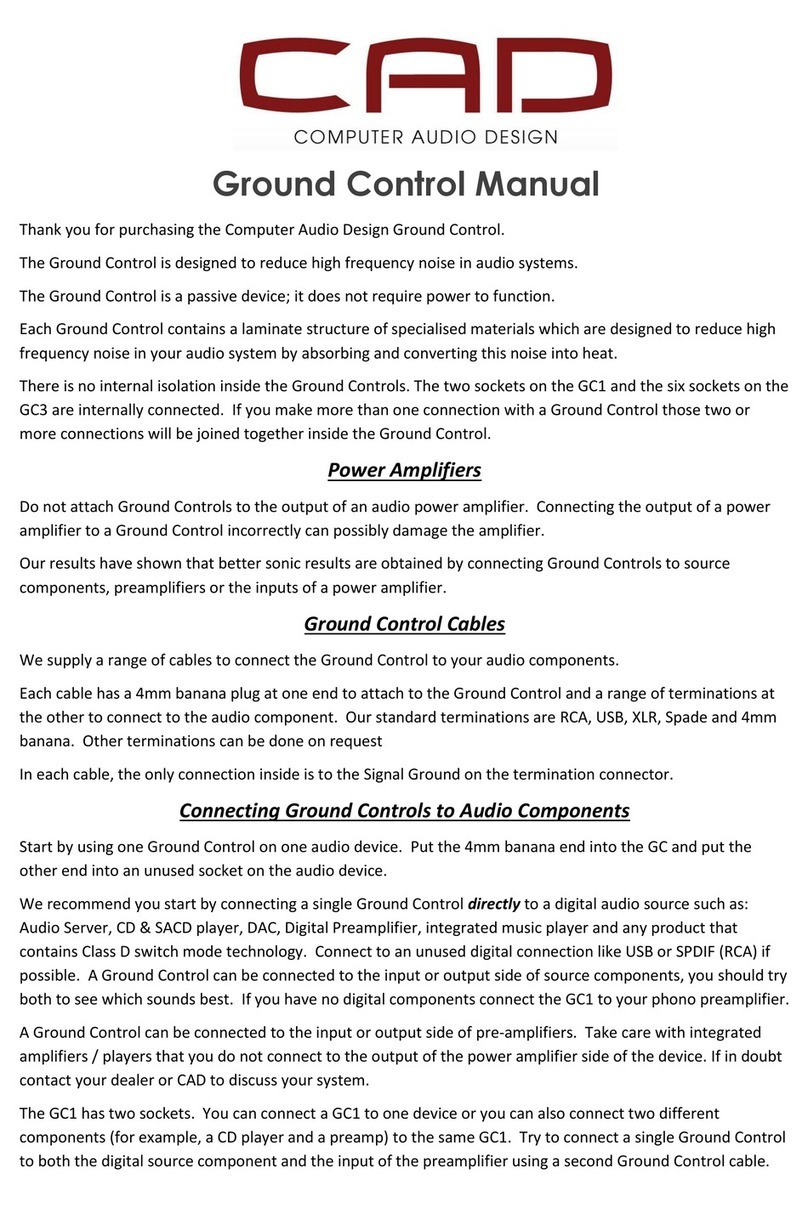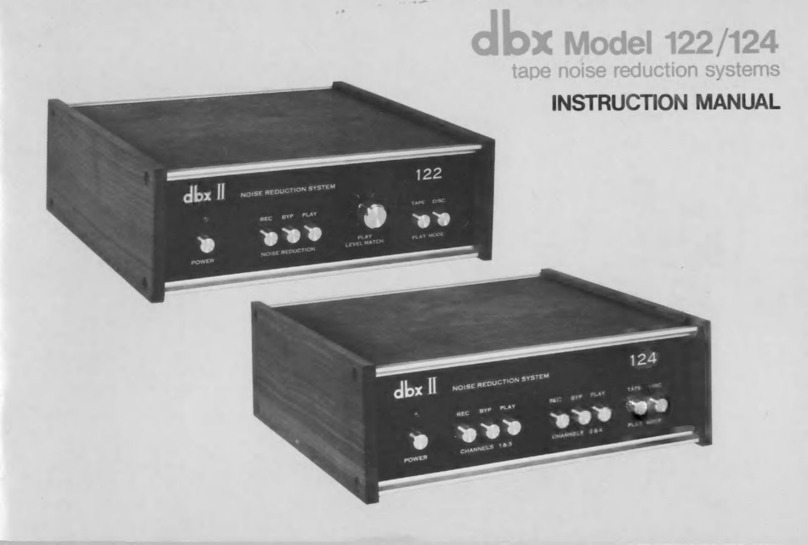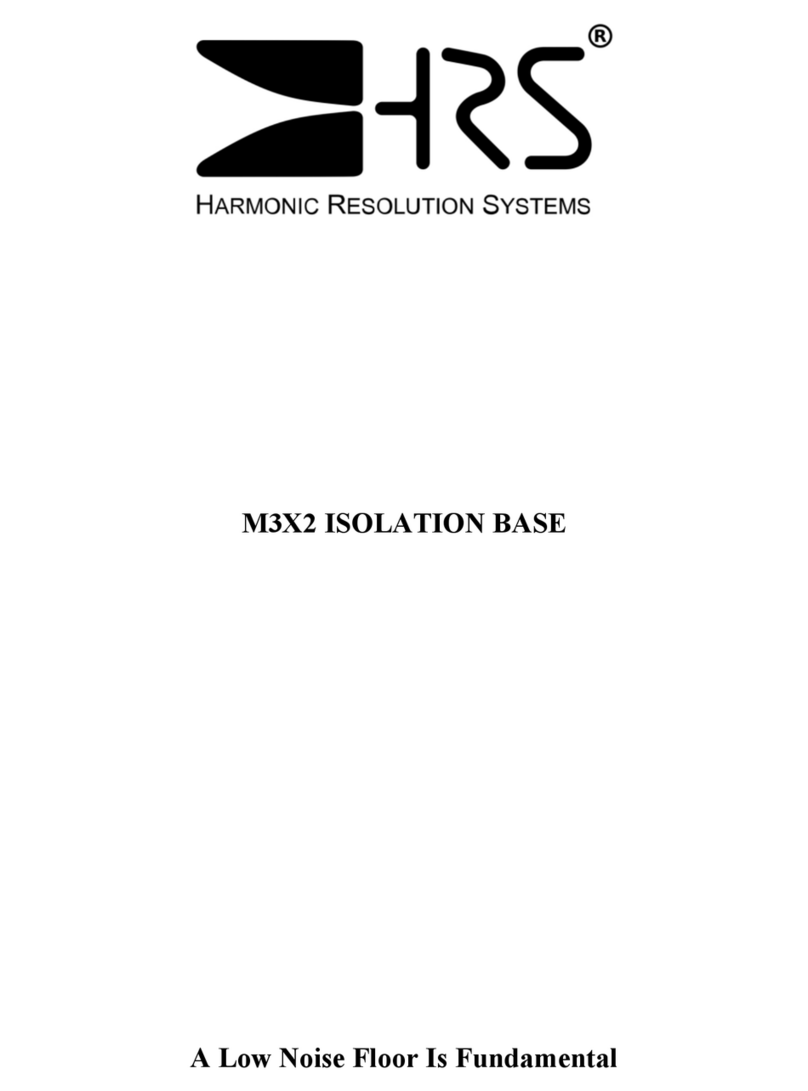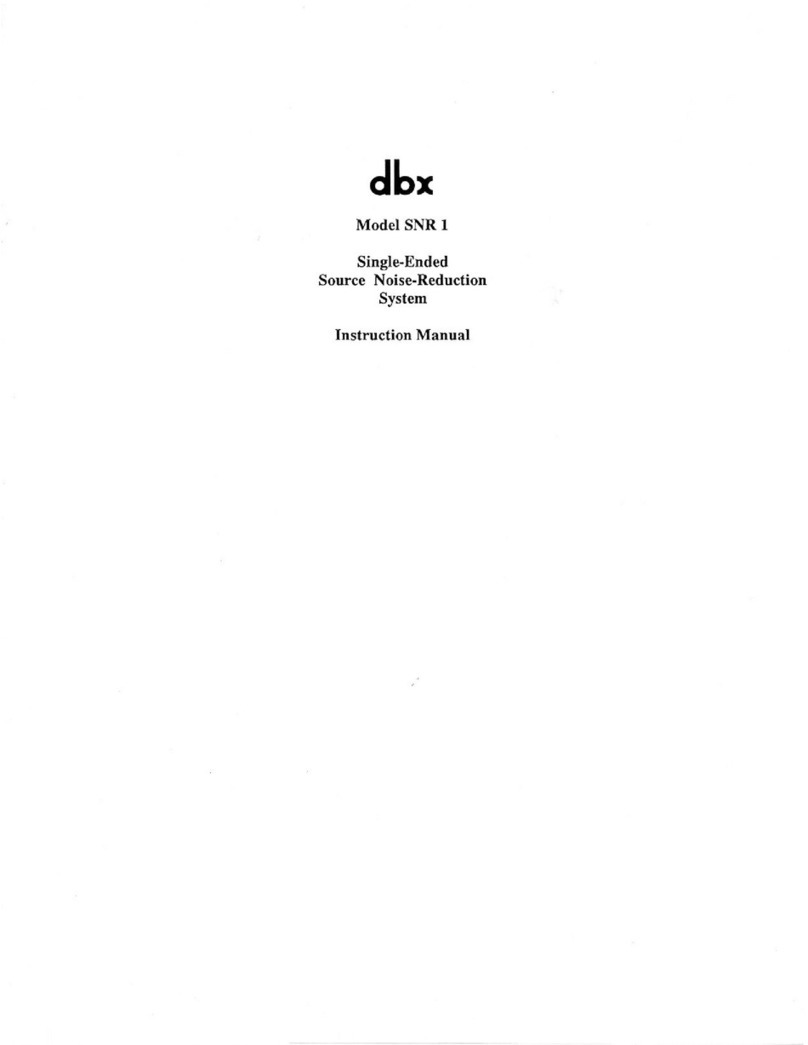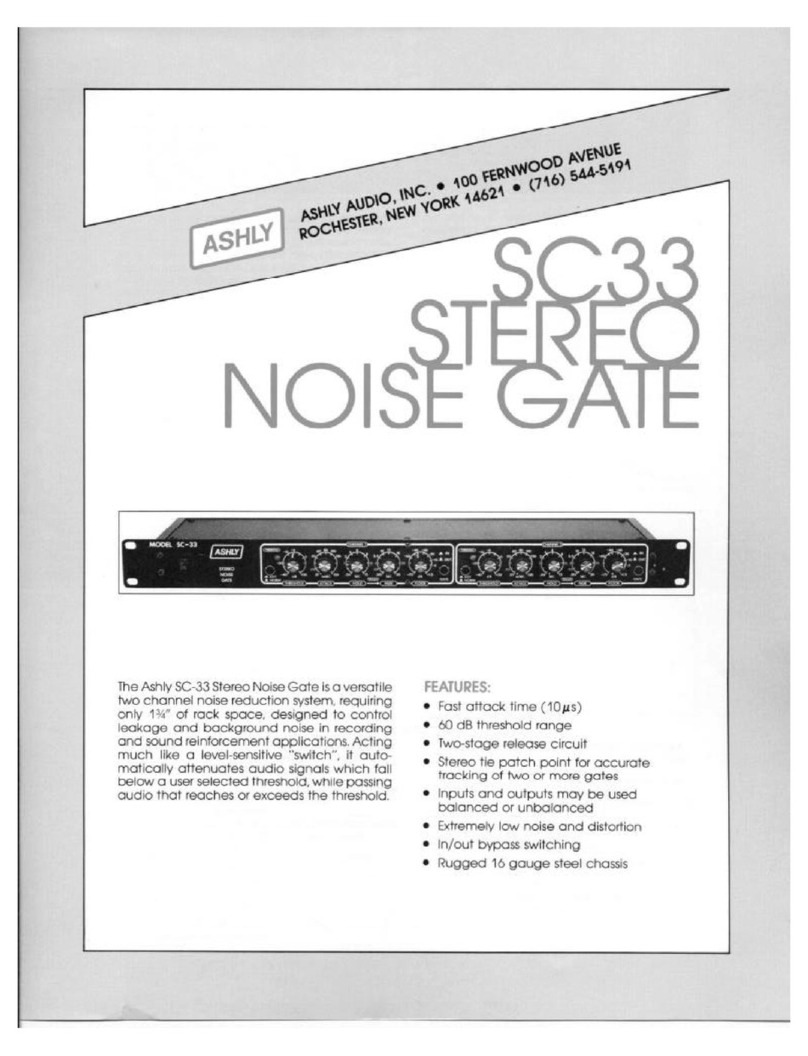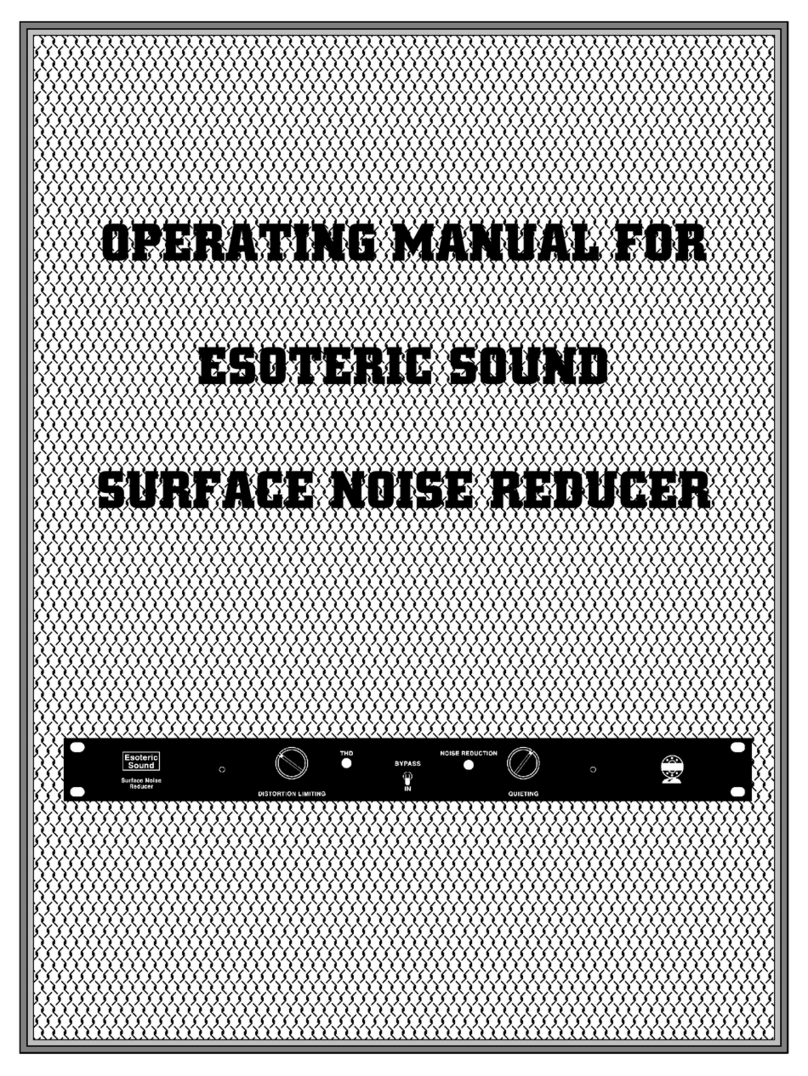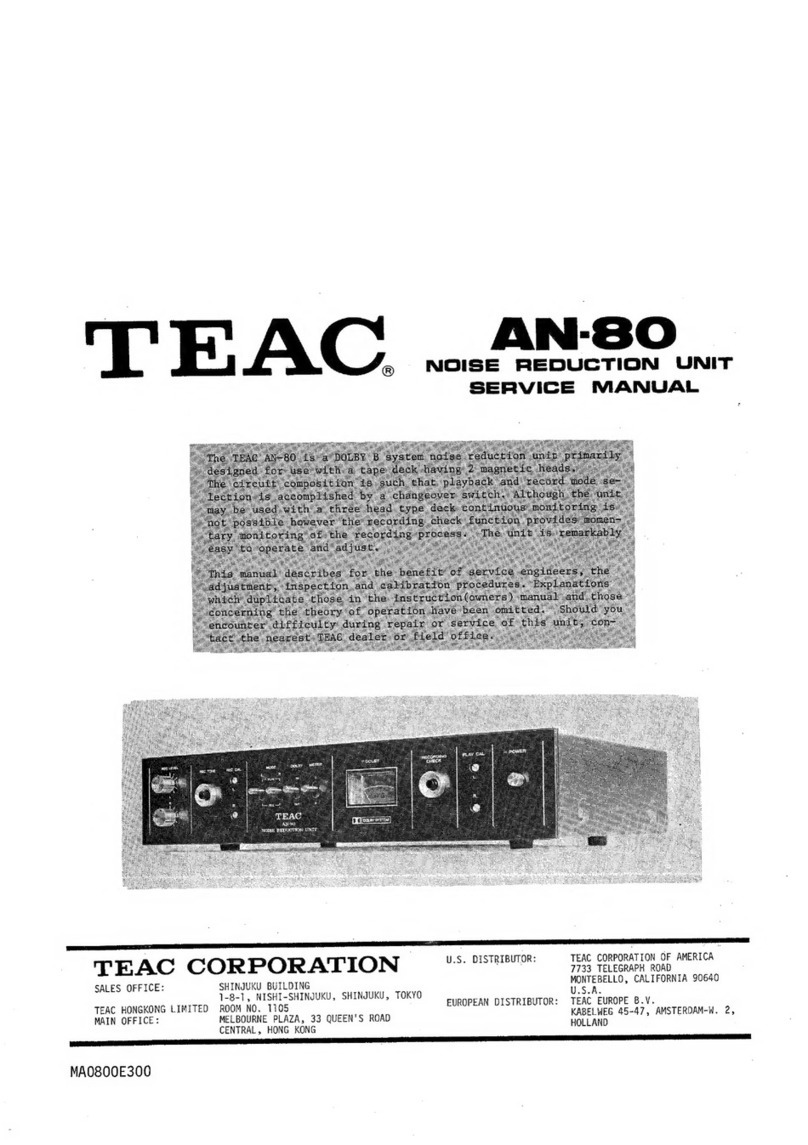5
DENOISER SNR2000
TABLE OF CONTENTS
1. INTRODUCTION..................................................................................................................... 6
1.1 The design concept ......................................................................................................................... 6
1.2 Before you begin ............................................................................................................................. 7
1.3 Control elements ............................................................................................................................. 7
1.3.1 Front panel ........................................................................................................................... 8
1.3.2 Rear panel ............................................................................................................................ 8
2. OPERATION ............................................................................................................................ 9
2.1 Operation of the filter section........................................................................................................... 9
2.1.1 The masking effect ................................................................................................................ 9
2.1.2 The dynamic low-pass filter ................................................................................................... 9
2.2 The TAC filter of the DENOISER .................................................................................................... 10
2.2.1 SENSITIVITY control ............................................................................................................ 11
2.2.2 CUT OFF control .................................................................................................................. 11
2.2.3 RELEASE control ................................................................................................................ 11
2.2.4 AUTO switch....................................................................................................................... 12
2.2.5 FREQUENCY meter ........................................................................................................... 12
2.3 Operation of the expander section ................................................................................................. 12
2.4 The IRC expander of the DENOISER ............................................................................................. 13
2.4.1 THRESHOLD control .......................................................................................................... 14
2.4.2 RELEASE control ............................................................................................................... 14
2.4.3 RATIO control ..................................................................................................................... 14
2.4.4 GAIN REDUCTION meter .................................................................................................... 14
2.5 The COUPLE function ................................................................................................................... 15
3. APPLICATIONS ..................................................................................................................... 15
3.1 Initial settings of the DENOISER ................................................................................................... 15
3.2 Studio applications ........................................................................................................................ 16
3.2.1 Noise reduction during playback ......................................................................................... 16
3.2.2 Noise reduction during recording ......................................................................................... 16
3.2.3 Reducing noise on subgroups, monitor and effects buses ................................................... 17
3.2.4 Noise reduction for effects de ices ...................................................................................... 18
3.2.5 Noise reduction during tape duplication ............................................................................... 18
3.2.6 Noise reduction for instruments ........................................................................................... 18
3.2.7 Reducing noise in P.A. systems ......................................................................................... 19
3.2.8 Noise reduction in Hi-Fi and ideo applications .................................................................... 19
4. TECHNICAL BACKGROUND .............................................................................................. 20
4.1 What are audio dynamics? ........................................................................................................... 20
4.2 Compressors/limiters .................................................................................................................... 21
4.3 Expanders/noise gates ................................................................................................................. 21
4.4 Downward expansion .................................................................................................................... 22
4.5 Noise as physical phenomenon..................................................................................................... 22
4.6 Companders ................................................................................................................................. 22
4.7 The single-ended principle ........................................................................................................... 23
5. INSTALLATION ..................................................................................................................... 23
5.1 Rack mounting .............................................................................................................................. 23
5.2 Audio connections ........................................................................................................................ 23
6. SPECIFICATIONS ................................................................................................................. 24
7. WARRANTY ........................................................................................................................... 26
